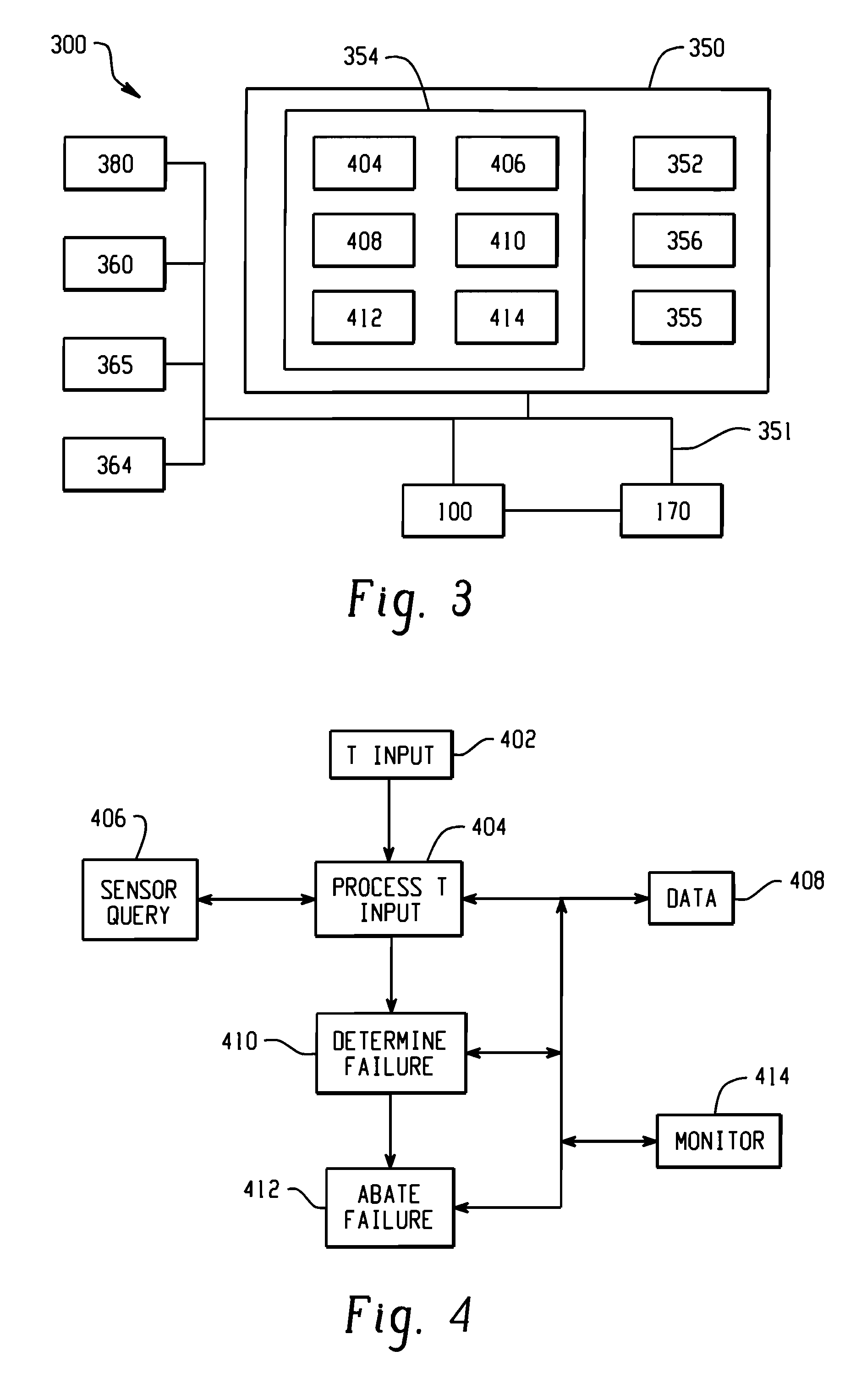Heat sink
a heat sink and heat sink technology, applied in the field of heat dissipation of electric and mechanical components, can solve problems such as heat sink component or system inefficiency, damage to the component or performance degradation of the system utilizing the component, and aris
- Summary
- Abstract
- Description
- Claims
- Application Information
AI Technical Summary
Benefits of technology
Problems solved by technology
Method used
Image
Examples
Embodiment Construction
[0017]For convenience purposes, the Detailed Description of the Invention has the following sections
[0018]I. General Description
[0019]II. Computerized Implementation
I. General Description
[0020]FIG. 1 illustrates one embodiment of a heat sink assembly 100 according to the present invention. An air-cooled metallic heat sink 102, typically aluminum or copper, has a plurality of cooling fins 104 projecting vertically upward and generally parallel to each other from a base plate 106. The base plate 106 is attached to a heat-generating computer system component 108 through a thermally conductive Thermal Interface Material (TIM) attachment means 110. In the present embodiment the attachment means 110 is a thermal epoxy, though other adhesive means may be practiced; for example, in another embodiment the attachment means 110 is a direct mechanical means 110 such as a spring / clip assembly (not shown). The component 108 in the present example is a microprocessor chip 108, though the component...
PUM
 Login to View More
Login to View More Abstract
Description
Claims
Application Information
 Login to View More
Login to View More - R&D
- Intellectual Property
- Life Sciences
- Materials
- Tech Scout
- Unparalleled Data Quality
- Higher Quality Content
- 60% Fewer Hallucinations
Browse by: Latest US Patents, China's latest patents, Technical Efficacy Thesaurus, Application Domain, Technology Topic, Popular Technical Reports.
© 2025 PatSnap. All rights reserved.Legal|Privacy policy|Modern Slavery Act Transparency Statement|Sitemap|About US| Contact US: help@patsnap.com



